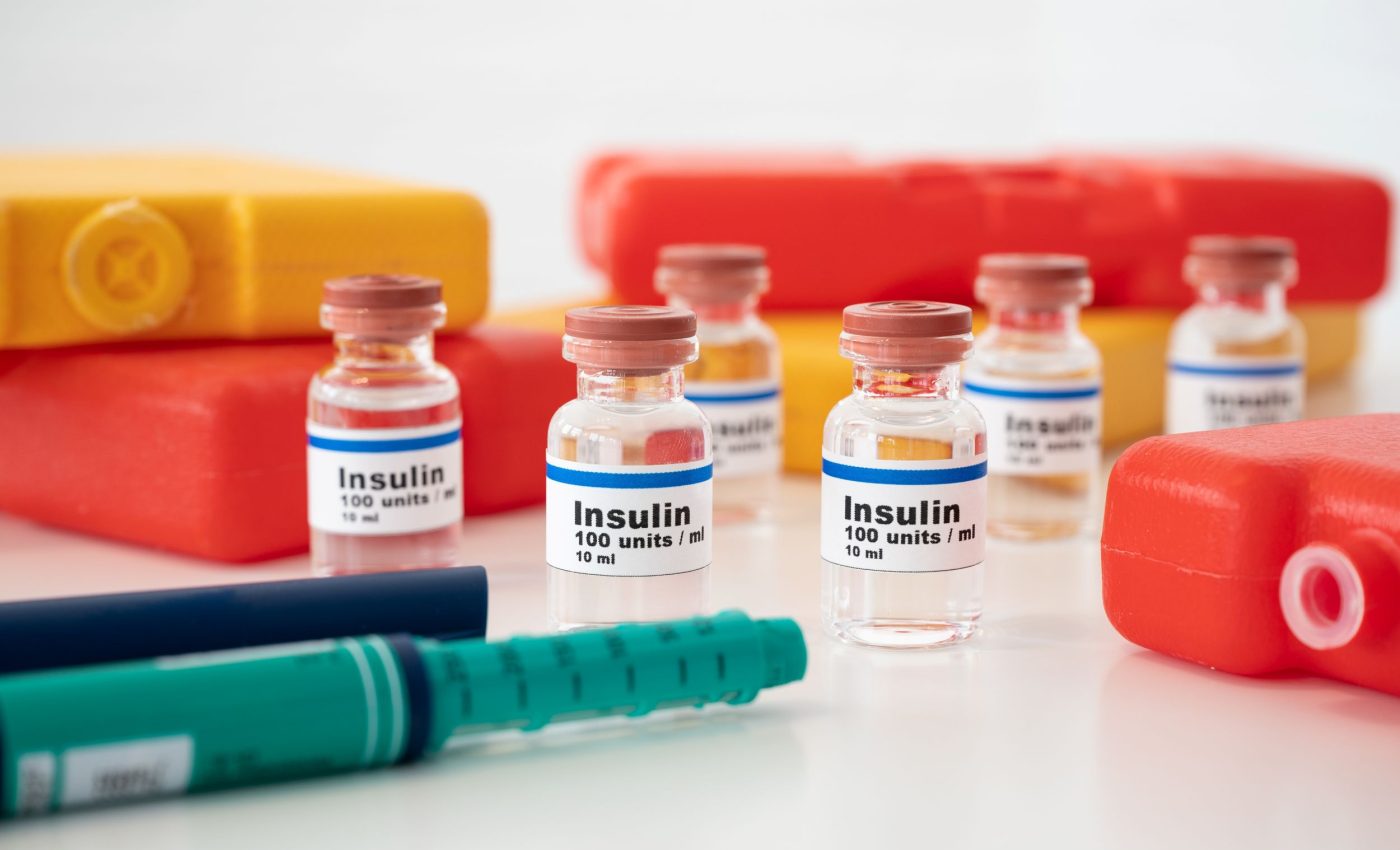
Gene-editing procedure helps diabetic man produce his own insulin
A man with type 1 diabetes produced his own insulin after receiving genetically edited donor cells, and he did it without taking drugs that shut down the immune system.
Type 1 diabetes happens when the immune system attacks the pancreas and wipes out islet cells, the tiny clusters that make insulin to control blood sugar.
About 9.5 million people worldwide live with this condition, according to a recent global analysis.
Insulin and islet cells
Most islet transplants are only effective when patients take long-term immunosuppression, which lowers defenses against infections and cancer.
By editing donor cells so they escape immune attack, the team aimed to replace a lifetime of insulin therapy without adding a lifetime of anti-rejection drugs, a shift with real consequences for safety and quality of life.
Experts have tried barriers and devices to protect islets from the immune system, but many fail over time or limit oxygen and nutrients to the cells.
Gene editing moves protection inside the cell, so the transplanted tissue can sit in the muscle and function in a more natural way with less hardware in the body.
The human cost of current options to treat diabetes is not just the routine of injections and finger sticks.
It also includes emergency visits for severe lows or highs, time away from school or work, and strain on caregivers when control is hard to maintain.
Editing donor islet cells
Dr. Per-Ola Carlsson of Uppsala University, led the clinical case and coordinated the team that carried the test trial forward – a first-of-its-kind human result in a peer-reviewed study.
The team used CRISPR editing with a Cas12b enzyme to change three immune-related features that typically trigger rejection of donor islet cells.
They reduced the cell surface major histocompatibility complex signals, often shortened as MHC, and they increased a protective protein called CD47, a do-not-attack flag used by several immune cell types, building on prior research.
The donor islets were separated into single cells, modified, and then reassembled, a process designed to preserve function while changing immune visibility.
These cells are called “allogeneic” because they come from another person, which is why immune evasion is essential for survival and function.
Cas12b is compact and efficient, which helps when editing delicate primary human cells. Short editing windows and careful screening are important because off-target cuts can disrupt normal genes if they are not caught early.
What the early results show
Doctors placed the edited cells into the forearm muscle rather than the liver, making it easier to monitor and reducing risks tied to liver delivery.
Over 12 weeks after the procedure, the patient showed no immune response to the graft and had measurable C-peptide, the standard blood marker that confirms the body is making its own insulin, as documented in the study.
Four adverse events were recorded in follow-up, and none were serious or linked to the edited cells.
The patient still used insulin during this period because the first dose was intentionally small, which means the goal at this stage was safety and proof of function, not full insulin independence.
Different types of islet cell transplant
Conventional islet transplants can restore insulin production for some people, but they come with a trade-off.
Recipients typically need daily treatment with immunosuppressive drugs for life, and those medicines raise infection risk and carry other side effects, as summarized by UCSF Health.
Avoiding those drugs matters because type 1 diabetes is a chronic condition that often starts at a young age.
A therapy that works without immunosuppression would remove a major barrier for many candidates who are not eligible or not willing to accept the risks of long-term medication.
What scientists are saying
“This is the most exciting moment of my scientific career. The new treatment opens the future possibility of treating not only diabetes but other autoimmune diseases,” said Carlsson.
Those remarks reflect the clinical plan now underway, which is to continue monitoring this participant and to test higher doses.
The hope is to reach a level of cell mass that covers daily insulin needs while keeping the immune response quiet under close observation.
Safety, limits, and next steps
Early phase trials are built to show safety and a biological signal, not outcomes on glucose control or the ability to stop insulin.
This case fits that purpose by confirming immune acceptance and function over three months with no serious safety signal.
The next tests will look at durability beyond three months, dose escalation, and the best implantation sites.
Teams are also building edited stem cell sources that can produce large batches of insulin-producing cells with the same immune features, so therapy is not limited by organ donation.
Researchers will also watch for off-target edits and new mutations in the graft. Routine lab tests, imaging of the implant site, and immune profiling will help catch unexpected changes early in follow-up.
Islet cells and future diabetes care
If larger trials confirm safety and effectiveness, a person with type 1 diabetes could receive edited islet cells that work quietly in muscle.
The cells would sense meal-time glucose and release insulin on their own, reducing swings in blood sugar and lowering the daily burden of injections and monitoring.
Access, cost, and long-term outcomes will shape how fast this moves into clinics if the data continues to hold up.
Regulators will demand robust evidence that edited cells behave as intended and that the edits do not create rare harms over time, which is why the follow-up and staging of doses are so important.
The study is published in the New England Journal of Medicine.
—–
Like what you read? Subscribe to our newsletter for engaging articles, exclusive content, and the latest updates.
Check us out on EarthSnap, a free app brought to you by Eric Ralls and Earth.com.
—–













